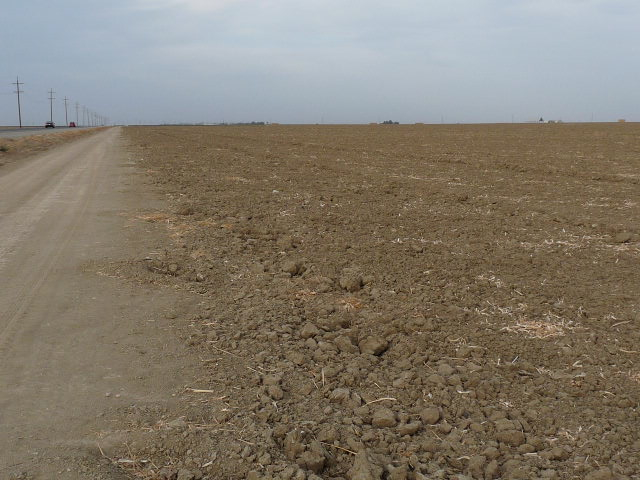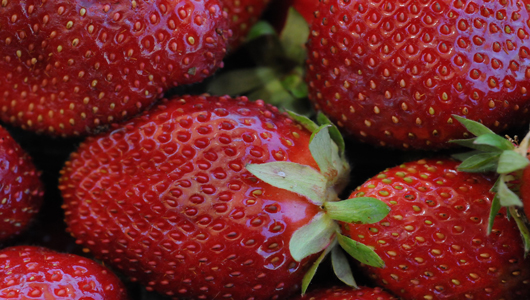Field Crops
Farmer Kable Munger Expands Operations to Other Countries
Fed up With California, Some Farmers are Relocating to Other Countries
By Patrick Cavanaugh
Kable Munger of Delano-based Monarch Farms is fed up with the man-made drought and over-regulations in California.
“We farm and process about 800 acres of pistachios, and we are one of the owners of Naturipe, which is the world’s largest producer and marketer of blueberries. We’ve always farmed in California until the last five or six years with the water situation, the regulations on water and other regulations, we have been expanding into Mexico and South America because that is where we can do what we want to do as farmers,” said Munger.
“In those countries, people understand that we are doing a service for them and not just taking away,” said Munger.
“Even on the environmental side, people have the misconception that farmers are not taking care of the environment; but in fact, it is just the opposite,” noted Munger. “If we didn’t have all this farming and all these trees, how do we get clean air? And we are good stewards of the water, most of California is using drip irrigation, we are conserving water, we are doing all that is asked of us. The problem, I think is in the urban areas, people don’t understand what we are doing and where the food comes from.”
In the other countries where they operate, “They look at us as providing a service, providing food,” Munger said.
“Here in the states, food’s been fairly cheap and readily available, so I think the public is losing respect for where the food comes from and its value. And also I think that as a country we are losing sight of what food security should be. We should be able to grow our own food. When you go to countries that don’t grow their own food, they understand what that means,” said Munger.
“In these other countries, you don’t have the same regulations, the labor is much cheaper, and it is a much easier place to do business. They understand that we are all stewards of the environment, and they do not think that a fish is more important than humans,” noted Munger.
“When you look at the water in California, over 60% goes to the ocean. There is really not a water shortage; it is all political.”
“We need to build more dams for the times when there is enough rain to capture it. But anytime we start to build a dam, there is some spider or something else in the way. We have to realize that the world existed all these years without someone protecting it, and we need to protect it, and we can do it in a reasonable way. But what the environmentalists are doing right now is not reasonable.”
“If you really look at the U.S., what have we really done in infrastructure since World War II? How man dams have we built? How many freeways have we built? Over time, we do something that will help the economy, but it has all stopped. For example, they say ‘we don’t want you to do this.’ They go to build a project, for example, a solar project, and they stop it because they say the sunrays will hurt the bird’s eyes. There’s nothing we can say to please them.”
”I was in China in a few days ago, and there was this bridge, 19 miles over the ocean, and I asked, ‘when did they start it?’ They answered, ‘Oh, in about one and half years. ‘I asked: ‘Did it take them 18-19 months to get permits, and they said, ‘no, it took us that long to build a bridge over the ocean.”
“We’re in Chile. Twenty years ago, Chile was off the radar. There was hardly anything coming out of Chile. Now Chile is the second largest ag producer, and the largest producer in the off-season, and feeds the world. It is a major exporter. Now Peru, they’ve changed their policies. Now the whole world is flocking to Peru. The public is so comfortable that they do not even realizing how much ground we are losing.”





















